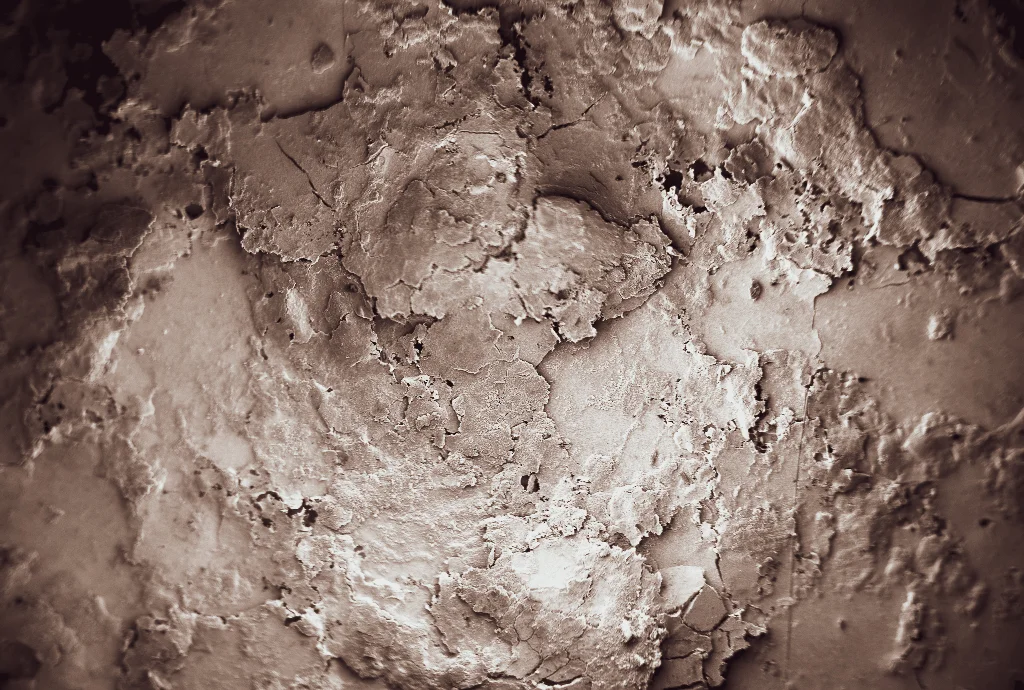STEM IN STYLE SERIES: EPISODE IV

Despite the wide range of available optical properties in natural materials, progress in nanotechnology requires certain material functionalities that often do not occur naturally. For example, a perfect photovoltaic cell with maximum efficiency, would require a perfectly absorbing medium to harness the full electromagnetic spectrum. However, such a material has not been reported. See my blog post on how solar cells (photovoltaics) work here. If scientific research yields a material with perfect absorption, it could revolutionize clean energy solutions.
Another potential application is in optics, if you want to build a coating that would render a material invisible, the require a material with negative refractive index. Unfortunately, such a material does not occur naturally either, yet!
That is where Georgia’s work comes in.
Within the last two decades, a new field called “metamaterials” has emerged. Metamaterials are artificial materials comprised of nanostructures, engineered to have a response much different from natural substances. Cool right?!
Georgia has worked in the field of meta-materials, and has investigated the means in which light interacts with certain types of nanostructures [1]. During her PhD, her co-workers and herself reported that by properly positioning dielectric materials in certain configurations, can induce magnetic properties from magnetic-free constituent unit cells. She also reported that metamaterial design with single-atom-thick graphene sheets can yield structures that are shinier than gold and silver; the two state-of-the-art materials for mirrors. Imagine the possibilities!
Georgia’s current work at Stanford University builds on her previous work, specifically studying metamaterials for thermal management applications. Light is often utilized as a carrier of thermal energy. Lack of magnetic properties at high frequencies limits the performance of current thermophotovoltaic cells. Georgia aims to alleviate these limitations by using metamaterials ideas in the field of heat management.
[1] G. T. Papadakis et al., Nat. Commun. 9, 296 (2018)




